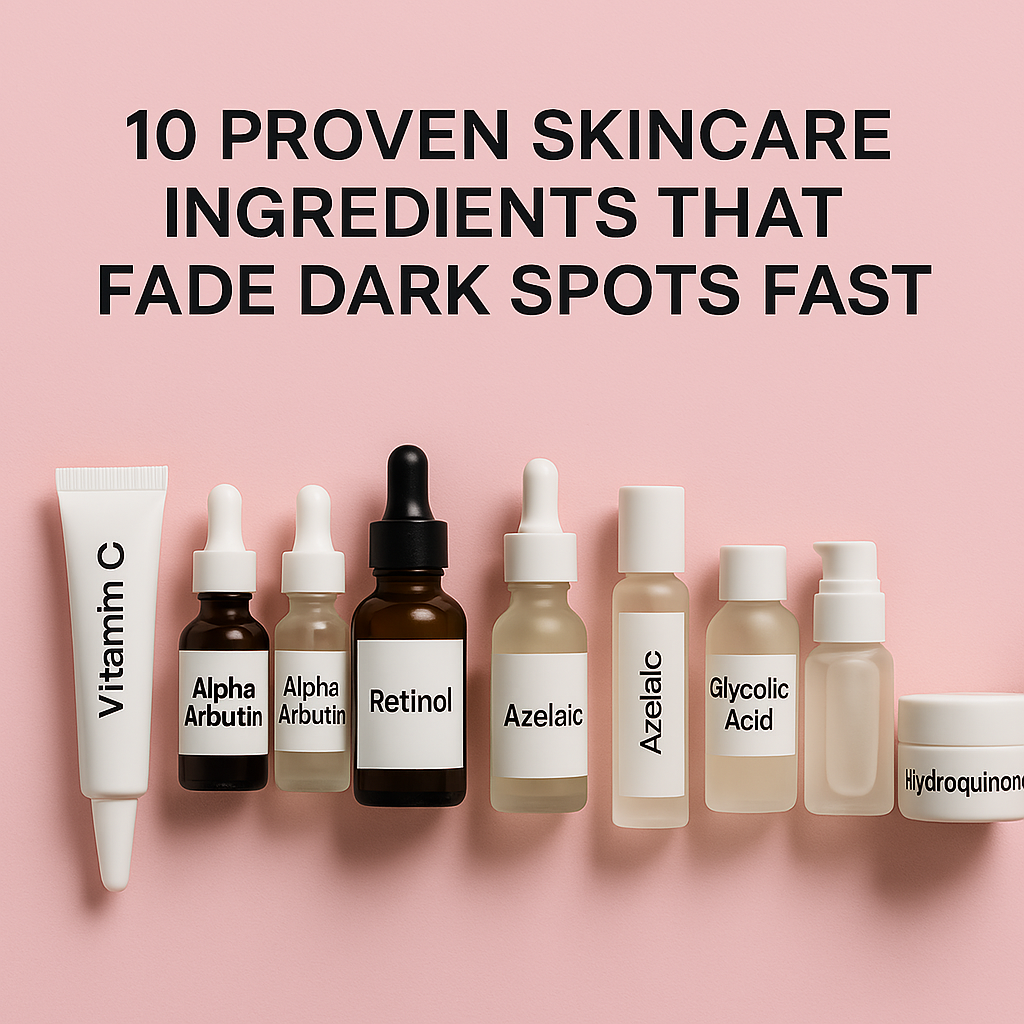Choosing the Right Face Mask for Your Skin Type
Before applying a face mask, it is essential to select one that suits your skin type and addresses your specific concerns. There are various types of face masks available, including clay masks for oily and acne-prone skin, hydrating masks for dry skin, gel masks for soothing and calming sensitive skin, and anti-aging masks with ingredients like retinol or peptides for mature skin. Understanding your skin’s needs will ensure you get the best results. Reading the ingredient list and knowing which components work best for your concerns can help you make an informed decision. If you have combination skin, you might benefit from multi-masking, where different types of masks are applied to different areas of the face to target multiple concerns at once. Always conduct a patch test if you are trying a new product to prevent potential allergic reactions or irritation.
Preparing Your Skin for a Face Mask
Proper preparation of your skin before applying a face mask ensures maximum absorption of the active ingredients. Begin by cleansing your face thoroughly to remove dirt, oil, and makeup. Using a gentle cleanser suited to your skin type helps create a clean base, allowing the mask to penetrate deeper. For those with congested pores or dull skin, exfoliating before applying a face mask can further enhance its effectiveness. A mild chemical exfoliant containing ingredients like glycolic acid or lactic acid, or a physical exfoliant with fine particles, can help slough off dead skin cells and improve the mask’s ability to deliver nutrients to your skin. However, avoid over-exfoliating, especially if your skin is sensitive, as this can lead to irritation. Once your face is clean and dry, it is ready for the mask application process.
Applying the Face Mask Correctly
The method of application depends on the type of mask you are using. For clay or mud masks, apply an even layer using clean fingers or a brush, ensuring you avoid sensitive areas like the eyes and lips. These masks work by absorbing excess oil and pulling out impurities, so applying too thick a layer can prevent them from drying properly and being effective. Sheet masks should be carefully unfolded and placed onto the skin, smoothing out any air bubbles to ensure even coverage. If using a peel-off mask, apply a thin, even layer and allow it to dry completely before peeling it off gently from the edges. For gel or cream masks, a generous application ensures hydration and nourishment. Always follow the product’s instructions regarding the recommended duration, as leaving a mask on for too long can sometimes lead to irritation or dryness.
Enhancing the Benefits While the Mask is On
While waiting for the face mask to work its magic, you can take steps to enhance its benefits. Relaxing in a calm environment allows the skin to absorb the active ingredients more effectively. Some people choose to apply a warm towel over their face to open up the pores, especially when using hydrating or brightening masks. If using a sheet mask, gently massaging the excess serum into the skin with your fingertips can further aid absorption. Avoid talking or making facial expressions while the mask is on, as this can cause cracking or shifting, reducing its effectiveness. If the mask is a wash-off type, ensure you remove it with lukewarm water rather than hot water, which can strip the skin of essential moisture.
Post-Mask Skincare Routine
Once the mask is removed, following up with the right skincare routine is crucial for locking in the benefits. Start by patting your face dry with a soft towel instead of rubbing, which can cause unnecessary irritation. Applying a toner immediately afterward helps rebalance the skin’s pH levels and prepares it for further hydration. Follow up with a serum suited to your skin’s needs—hyaluronic acid for hydration, niacinamide for brightening, or vitamin C for radiance. A moisturizer should then be applied to seal in the hydration and nourishment from the mask. If you used the mask during the daytime, don’t forget to apply sunscreen to protect your skin from UV damage, as freshly treated skin can be more sensitive to environmental stressors.
Common Mistakes to Avoid When Applying a Face Mask
To get the most out of your face mask, it is important to avoid common mistakes that can reduce its effectiveness. One of the most frequent errors is leaving the mask on for too long. Many people believe that keeping a mask on longer will provide extra benefits, but in reality, it can lead to dryness or irritation. Another mistake is applying a face mask too frequently. Overusing masks, particularly those with strong active ingredients, can disrupt the skin barrier and cause sensitivity. Additionally, applying a mask on dirty skin prevents it from fully absorbing the nutrients it offers. Using the wrong mask for your skin type can also lead to breakouts, excessive dryness, or irritation. Lastly, not following up with a proper skincare routine after removing the mask can result in a loss of hydration and diminished benefits.
Conclusion
Applying a face mask correctly can significantly enhance your skincare routine and improve your skin’s overall health and appearance. By choosing the right mask for your skin type, properly preparing your face, applying the mask correctly, and following up with a suitable skincare routine, you can maximize the benefits of your face mask. Avoiding common mistakes and incorporating best practices ensures that your skin remains healthy, glowing, and well-nourished. With consistent use and proper technique, face masks can be a game-changer in achieving your skincare goals.





